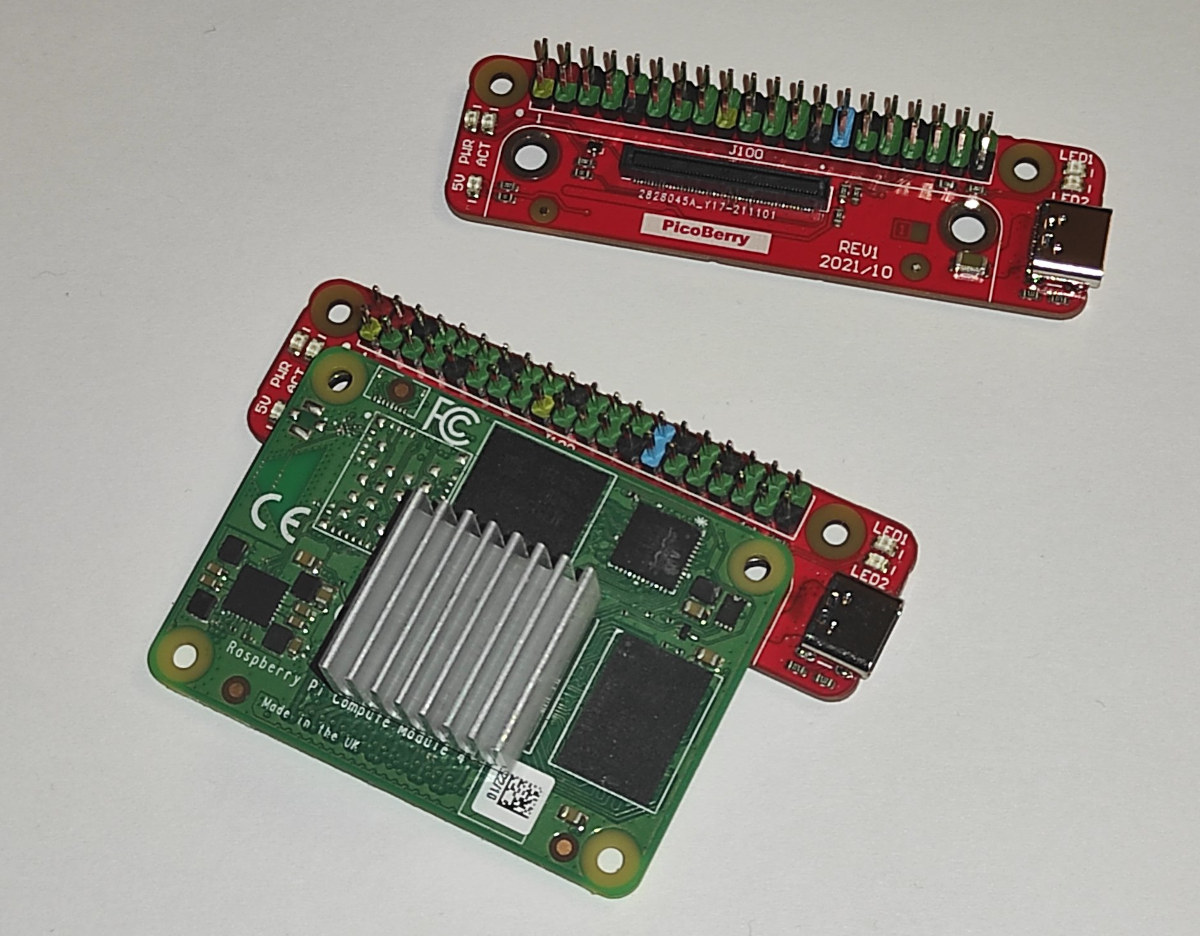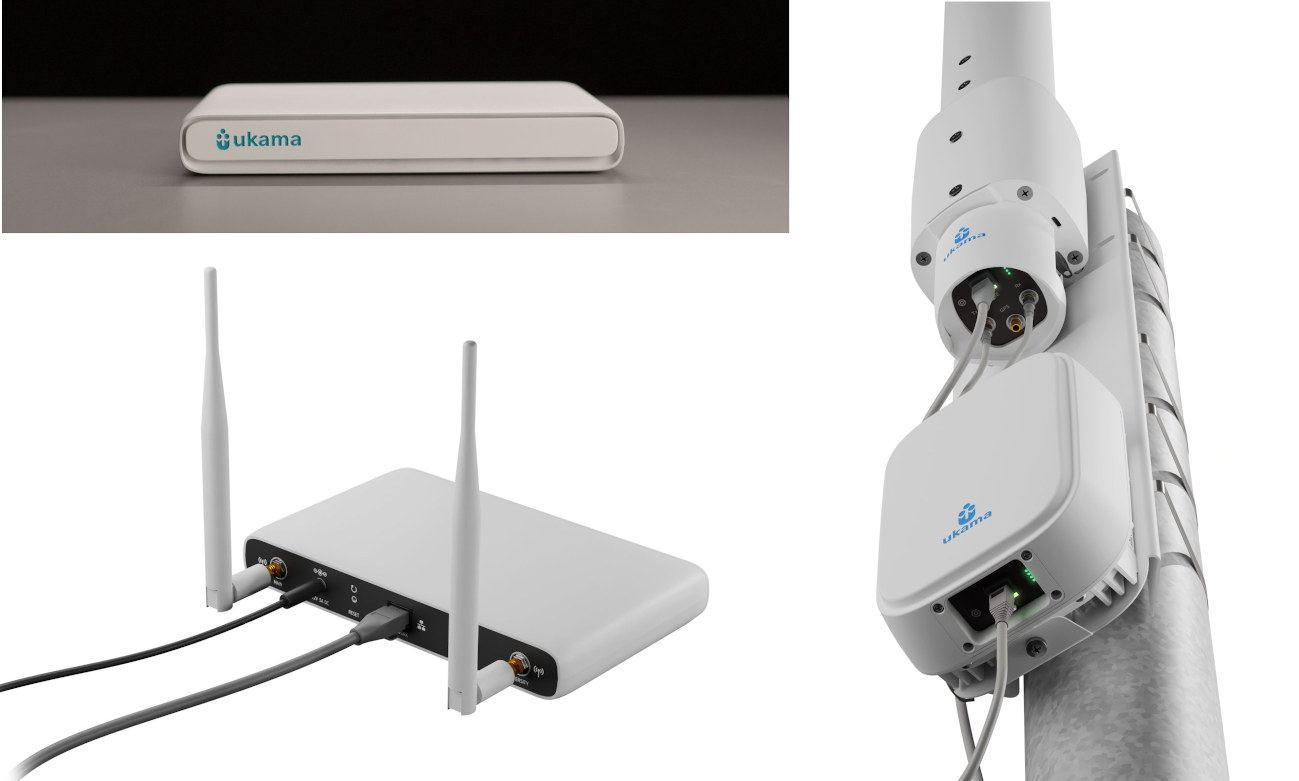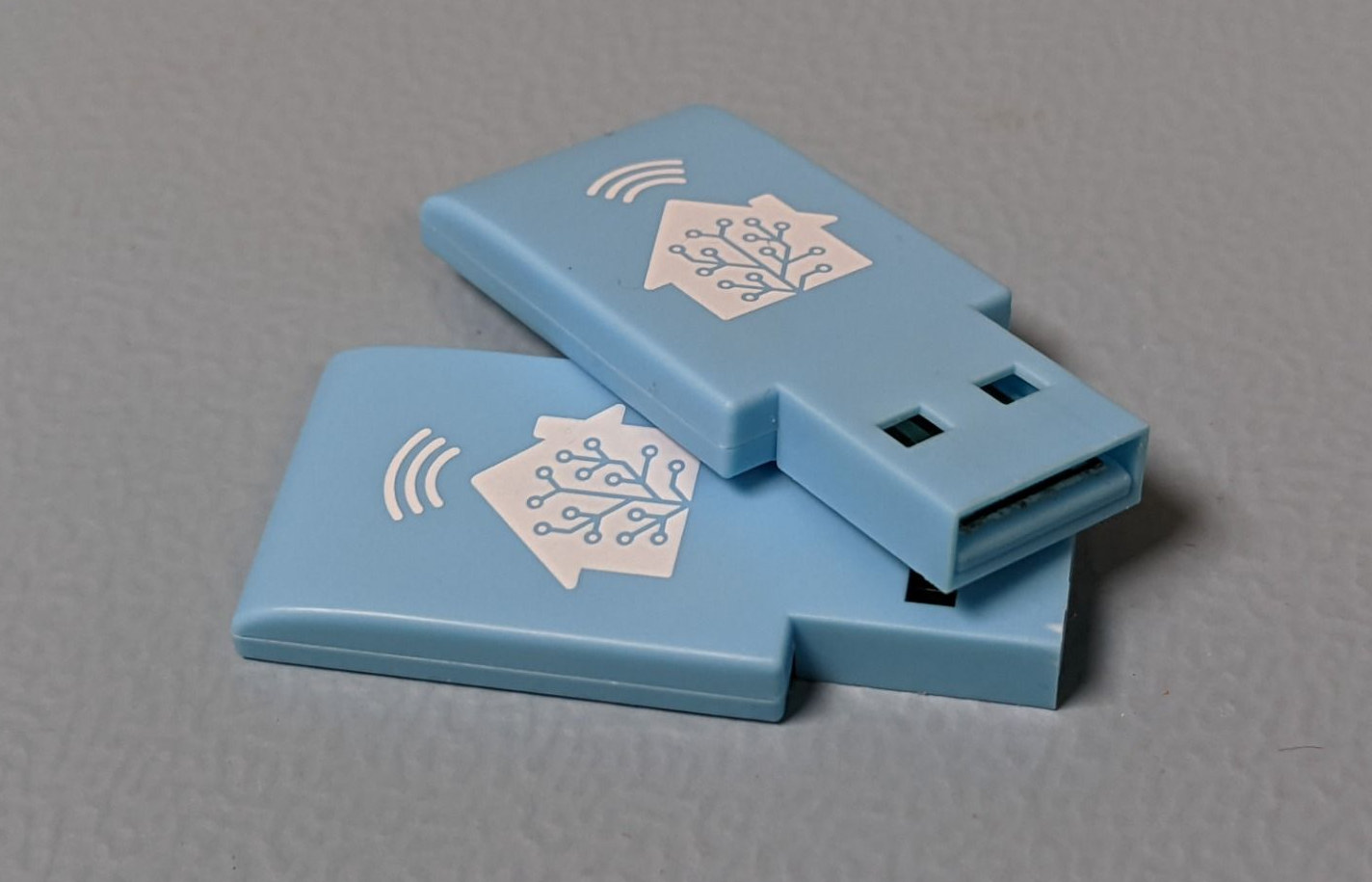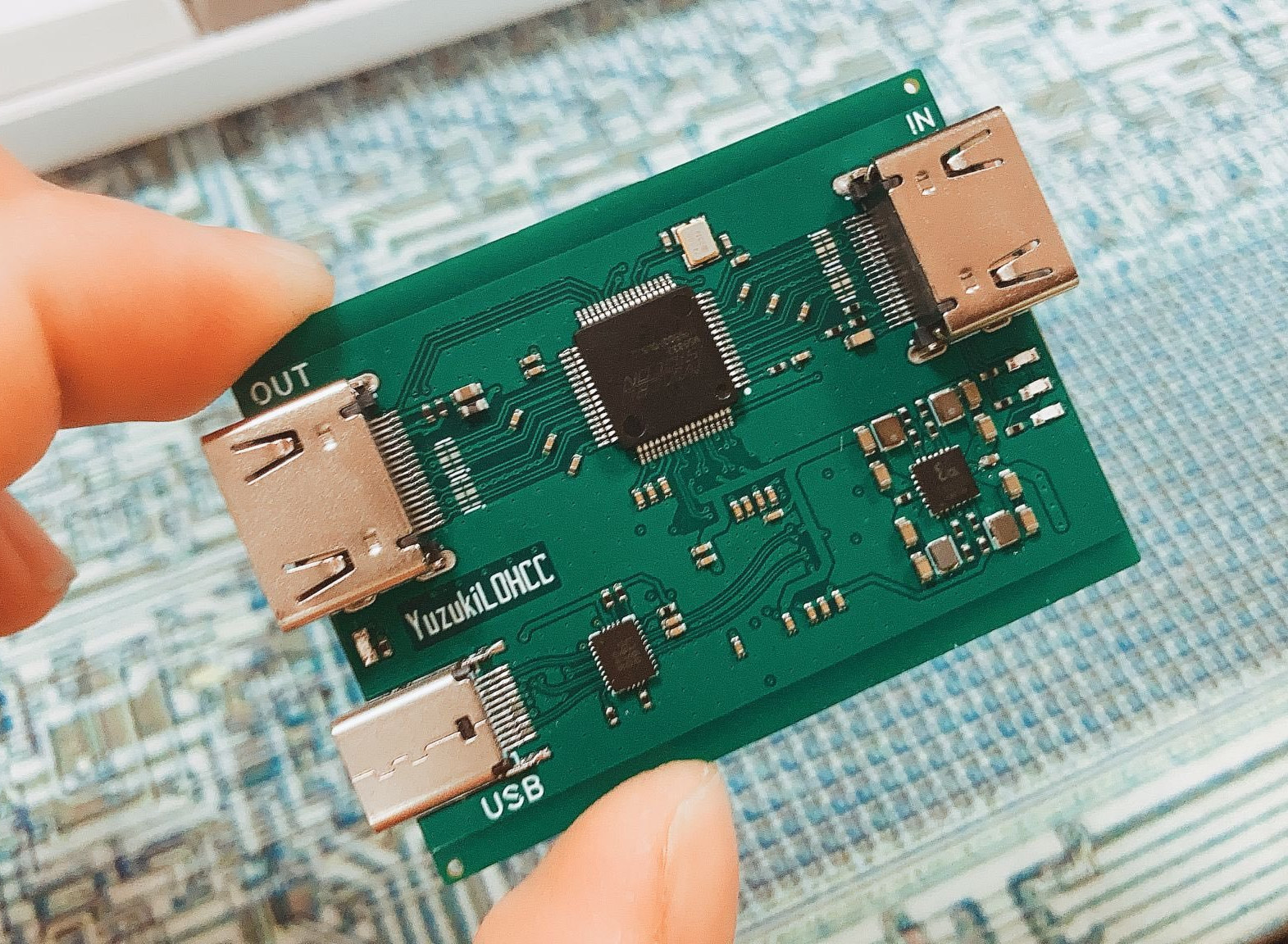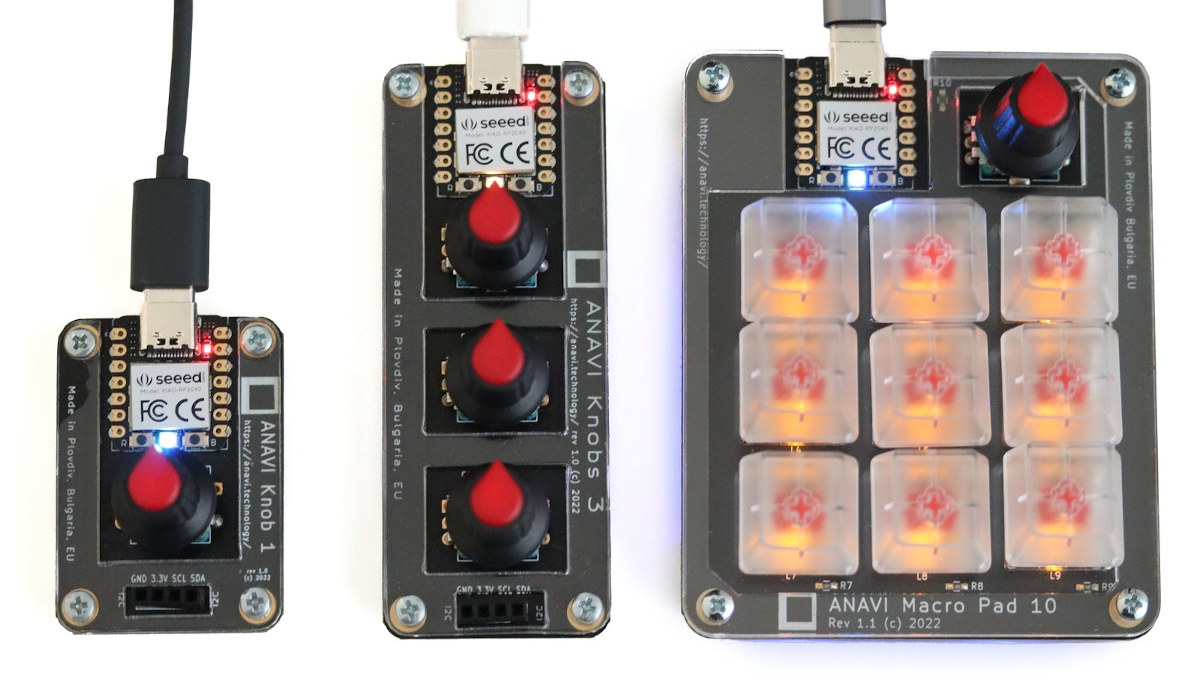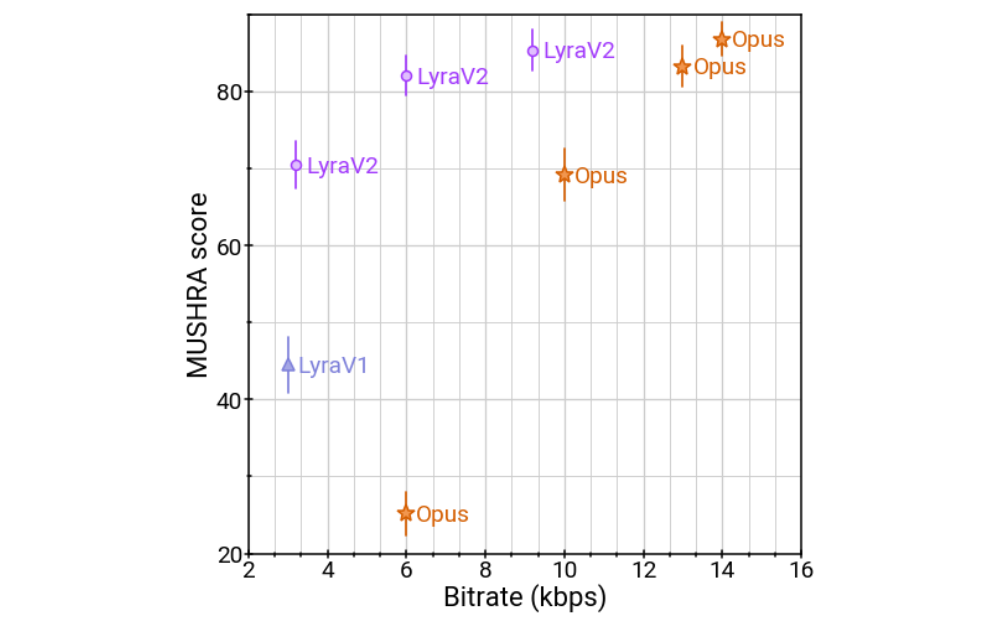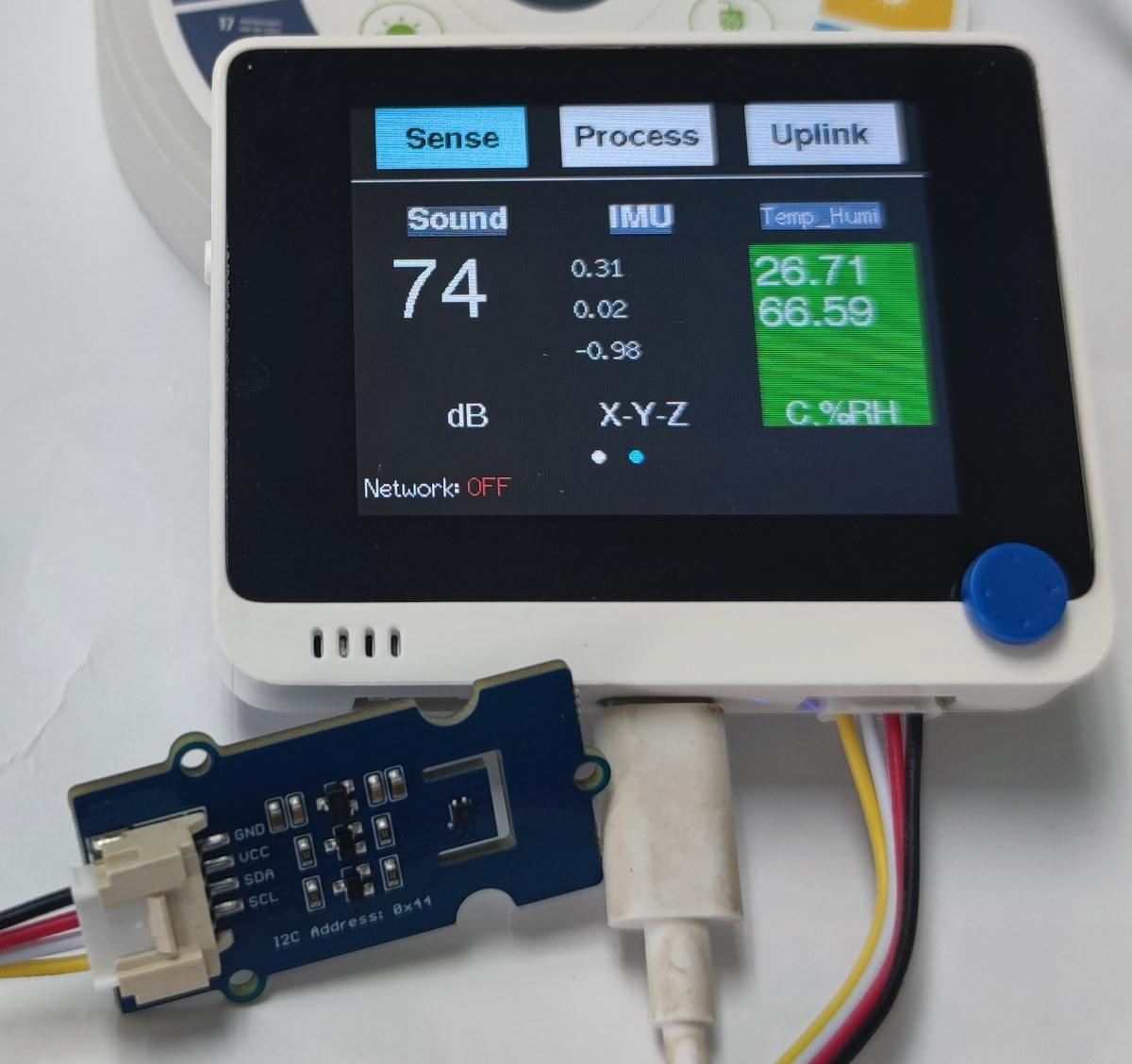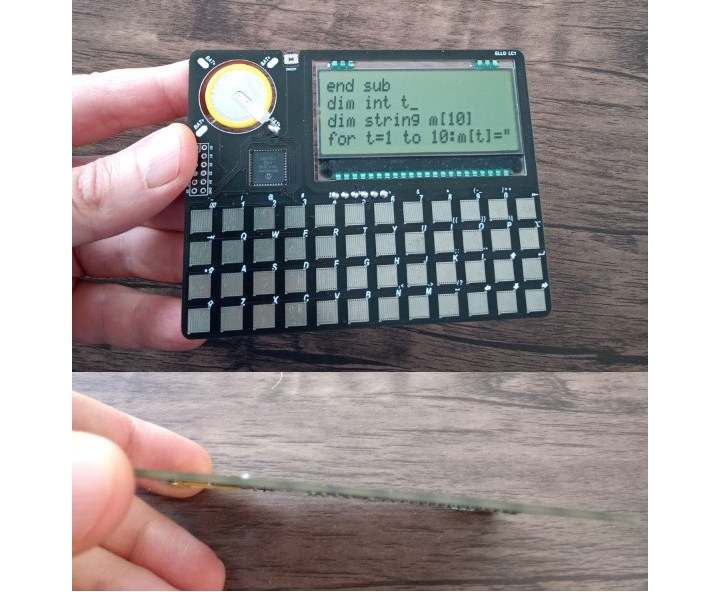Mirek Folejewski’s (aka Mirko Electronics) PicoBerry is an open-source hardware, miniature Raspberry Pi CM4 carrier board with just a USB Type-C port for power, a 40-pin Raspberry Pi GPIO header, and barely anything else. At just 70x20mm, the 2-layer board only adds a few LEDs, namely the ACT/PWR LEDS and two user LEDs, and supports any Raspberry Pi CM4 module with eMMC flash, but not the Raspberry Pi CM4 Lite since the board does not include a microSD card slot. PicoBerry specifications: Supported system-on-modules – Raspberry Pi CM4 with eMMC flash, and possibly compatible SoMs such as Radxa CM5 or Pine64 SoQuartz64 USB – USB Type-C for power Expansion – 40-pin GPIO header with the same layout as on Raspberry Pi 4 or other Pi boards with a 40-pin header Misc – ACT/PWR LEDs, 2x user LEDs (green.red) Power Supply – 5V DC/3A via USB-C port, Dimensions – 70x20mm (2-layer […]
Create your own private cellular data network with Ukama (Crowdfunding)
Ukama is an open-source hardware solution enabling users to create their own private 4G LTE cellular data networking with a range of up to 1km, and compatible with the “Citizens Broadband Radio Service” (CBRS) radio band for private networks. The company provides both indoor and outdoor hardware based on a “TRX Module” powered by a Marvell Fusion CNF7130 4G LTE baseband processor, as well as the firmware and software to manage the network. All you need is a power source, for example, the mains or a solar panel, and an optional broadband connection if you do need to connect to the Internet. Ukama hardware Two nodes are offered with the Ukama Home Node (indoor) and the Tower Node (outdoor) which can optionally be coupled with an amplifier unit for an expanded range. Home Node key features: LTE bands: CBRS only Concurrently active devices – Up to 8x RF Configuration – […]
Home Assistant launches SkyConnect USB stick with Zigbee, Thread, Matter support
The Home Assistant SkyConnect is a USB stick with support for Zigbee, Matter, and Thread connectivity designed to work with the popular Home Assistant open-source home automation solution, and enables users to bring Home Assistant Yellow (previously known as Home Assistant Amber) functionality to any platform running Home Assistant. The USB dongle is based on a Silicon Labs EFR32MG21 Gecko Series 2 Arm Cortex-M33 wireless microcontroller with an 802.15.4 multi-protocol 2.4 GHz radio that can concurrently run both Zigbee 3.0 (EmberZNet/EZSP) and Thread/Matter (OpenThread/Spinel) stacks/protocols at the same time by using firmware in RCP RCP (Radio Co-Processor) mode. Home Assistant SkyConnect specifications: MCU – Silabs EFR32MG21 Arm Cortex-M33 microcontroller @ up to 80 MHz with DSP and FPU, up to 1024 KB flash, up to 96 KB RAM, 2.4 GHz radio Wireless Protocols – Zigbee, Matter, Thread TX Power – up to +20dBm RX sensitivity – -104dBm (250kbps) 2.4 GHz […]
$10 HDMI to USB 3.2 video acquisition board is based on MS2130 chip
We’ve just written about an open-source hardware Allwinner V851S camera board from YuzukiHD, but he/she has made another interesting board with the YuzukiLOHCC PRO HDMI to USB 3.2 video acquisition board based on MacroSilicon MS2130 HDMI to USB chip, as well as MS9332 one-to-two active splitter, and MS8003/MS8005 microcontroller. YuzukiLOHCC PRO stands for Yuzuki Loop Out HDMI Capture Card PRO, and there are two HDMI ports, one for input and one for output, as well as a USB Type-C port to connect to the host and capture the video input. YuzukiLOHCC PRO key features and specifications: Main chip – MacroSilicon/UltraSemi MS2130 USB 3.2 Gen 1 high-definition video and audio acquisition chip MCU – MacroSilicon MS8005/MS8003 8051-core MCU Splitter – MacroSilicon MS9332 one-to-two active splitter Video Input – HDMI up to 4Kp30 or 1080p60 Video Output – HDMI 2.0 YCbCr420 4Kp60 loop out, 10/12/16-bit deep color, adaptive input equalization, pre-programmed HDCP […]
ANAVI Macro Pad 10 & Knobs input devices run KMK firmware on Raspberry Pi RP2040 (Crowdfunding)
ANAVI Macro Pad 10, Knobs 3, and Knob 1 are open-source hardware input devices based on the Raspberry Pi RP2040-powered Xiao RP2040 mini module, and equipped with mechanical keys and/or rotary encoders Leon Anavi has some experience under his belt with the earlier Macro Pad 2 and Macro Pad 8 open-source keypads with mechanical keys running QMK open-source firmware on a Microchip 8-bit microcontroller. The new models switch the MCU to the Raspberry Pi RP2040 and to KMK open-source firmware written in CircuitPython. ANAVI Macro Pad 10 specifications: MCU module – Seeed Studio XIAO RP2040 with Raspberry Pi RP2040 dual-core Cortex-M0+ microcontroller @ up to 133 Mhz with 264KB SRAM, 2MB SPI flash, USB Type-C port Inputs – Rotary encoder with clickable switch and nine hot-swappable Cherry MX-style switches Keys – 9x Gateron red, linear, non-clicky mechanical switches and transparent keycaps with yellow LED backlighting Host interface – USB Type-C […]
Lyra V2 open-source audio codec gets faster, higher quality and compatible with more platforms
Lyra V2 is an update to the open-source Lyra audio codec introduced last year by Google, with a new architecture that offers scalable bitrate capabilities, better performance, higher quality audio, and works on more platforms. Under the hood, Lyra V2 is based on an end-to-end neural audio codec called SoundStream with a “residual vector quantizer” (RVQ) sitting before and after the transmission channel, and that can change the audio bitrate at any time by selecting the number of quantizers to use. Three bitrates are supported: 3.2 kps, 6 kbps, and 9.2 kbps. Lyra V2 leverages artificial intelligence, and a TensorFlow Lite model enables it to run on Android phones, Linux, as well as Mac and Windows although support for the latter two is experimental. iOS and other embedded platforms are not supported at this time, but this may change in the future. It gets more interesting once we start to […]
Using SenseCraft firmware for no-code programming on Wio Terminal
In the conclusion of our SenseCAP K1100 Sensor Prototype kit review with LoRaWAN and Vision AI, the author suggested that it would be great if SeeedStudio could develop a new firmware that can connect without coding instead of using Arduino programming: I had to rely on my knowledge and experience with LoRaWAN to transmit data wirelessly over long distances. That’s because LoRaWAN has a more complicated connection process than Wi-Fi or Bluetooth. It would be great if Seeed Studio could develop a new firmware that can connect without any coding It did not take long, as SeeedStudio very recently released the first version of SenseCraft open source smart sensor software for no-code sense, process, and uplink that happens to be compatible with the Wio Terminal part of the SenseCAP K1100 development kit. So let’s test the new SenseCraft firmware together. SenseCraft navigation keys We can use Wio Terminal’s joystick as follows: […]
ELLO LC1 – A 2mm thin DIY “computer” based on Microchip PIC18 8-bit MCU
We often write about business card or credit card-sized boards, but it’s only true for 2D dimensions, as most boards are over a centimeter thick, with possibly the thinnest we’ve covered being the Khadas Edge2 SBC that’s just 7mm thick. So Kn/vD took it upon himself to build a DIY computer that was really about the size of a credit card, and came up with the ELLO LC1 based on a Microchip PIC18 8-bit microcontroller, featuring an integrated display and keyboard, and powered by a coin-cell battery. It’s just 2mm thin. ELLO LC1 specifications: MCU – Microchip PIC18 (PIC18F47Q83-I/PT) 8-bit microcontroller with 13KB RAM and 128KB flash, out of which 64KB are reserved as user file storage Display – 20×4 character text panel (Display Visions EADOGM204N) Keyboard – 48x touch panels on the PCB Expansion – 12-pin unpopulated header for debugging (ICSP) and GPIO expansion Misc – Power button Power […]


